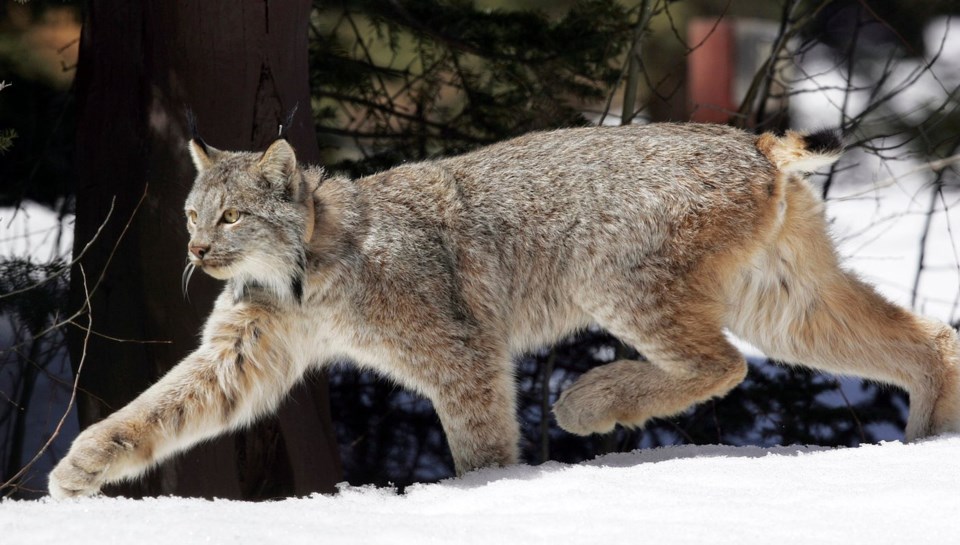BILLINGS, Mont. (AP) — U.S. wildlife officials finalized a recovery plan for imperiled populations of on Wednesday and proposed new habitat protections in the southern Rocky Mountains for the forest-dwelling wildcats threatened by climate change and human activities.
The fate of the plan is uncertain under President-elect Donald Trump: Officials during the Republican's first term to strip lynx of that they've had since 2000 under the .
Almost 7,700 square miles (20,000 square miles) of forests and mountains in Colorado and northern New Mexico are covered under the habitat proposal. That's a change from previous U.S. Fish and Wildlife Service policies that left out the southern Rockies and concentrated instead on recovery efforts elsewhere, including Wyoming, Montana, Minnesota and Maine.
“This is a significant change and a good one,” said Matthew Bishop, an attorney for Western Environmental Law Center who has been involved in efforts to protect lynx . “They weren't really committing to conserve lynx in Colorado anymore, and now they are.”
Areas of protected habitat also are being added along the Idaho-Montana border. Protected areas in Wyoming would be sharply reduced under Wednesday's proposal.
Wildlife officials said they were removing some locations where officials consider lynx unlikely to thrive in the future, while adding new areas considered more suitable to their long-term survival.
Lynx are elusive animals that live in cold boreal forests and prey primarily on snowshoe hares. Climate change is melting away their snowy habitat and could decrease the availability of snowshoe hares.
As a result, declines for lynx are expected across the contiguous U.S. under even the most optimistic warming scenario that officials have considered.
There are roughly 1,100 lynx in the contiguous U.S., spread across five populations. The largest concentrations are in the northeastern U.S. and northern Rockies.
Those numbers are expected to plummet in some areas, and officials are aiming for a minimum contiguous U.S. population of a combined 875 lynx over a 20-year period across the five populations.
Most areas suitable for lynx are in Canada and Alaska, where the animals are widespread and hunting and trapping of them is allowed.
The changes announced Wednesday follow a 2016 court ruling that faulted federal wildlife officials for not designating protections for lynx habitat in Colorado and some parts of Montana and Idaho.
Habitat protections in Maine and Minnesota would remain unchanged under the proposal.
A final decision is expected next year.
Matthew Brown, The Associated Press




